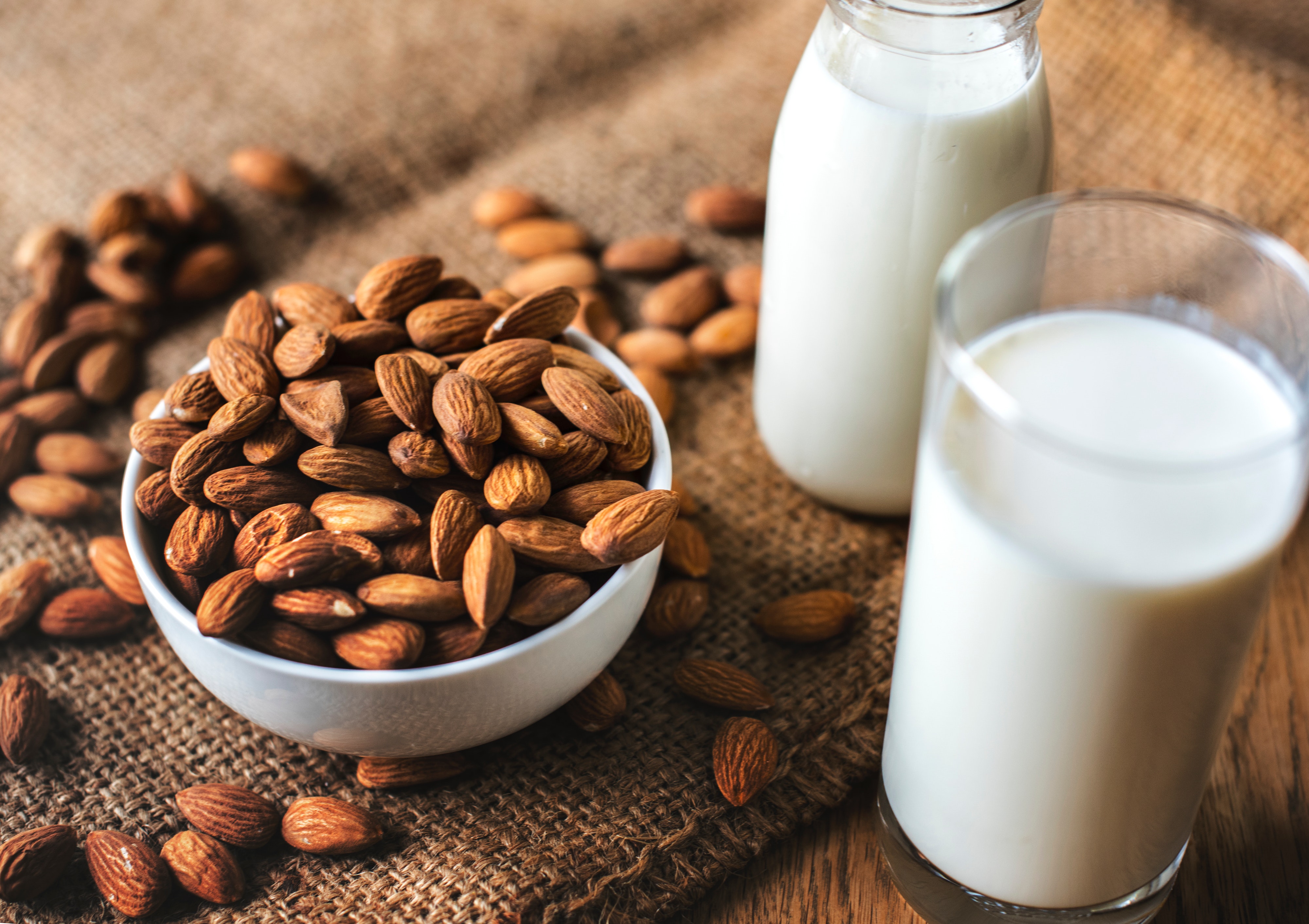Lactose intolerance is defined as ‘a digestive problem where the body is unable to digest lactose’ (1). Lactose is usually found in milk and dairy products.
What happens when I eat dairy?

Normally, when food comes into contact with the small villi within the gut, enzymes are used to break down the food we have consumed. If you have an intolerance to lactose, the enzyme used to break down the lactose is insufficient and so during the digestive process, the foods containing lactose goes through the gut undigested and eventually ends up in the large intestine where it feeds the gut bacteria. The symptoms of lactose intolerance develop when these gas-producing bacteria give off chemicals as a result of feeding on the lactose.
The symptoms include;
- Gas
- Diarrhoea
- Bloating
- Nausea
- Flatulence
- Vomiting
- Pain in your abdomen (2).
Why lactose intolerance isn’t an intolerance

Lactose intolerance isn’t an intolerance at all. It simply means that we do not have a sufficient amount of the enzyme lactase, which is used to break down the sugar lactose in our system. We all have the enzyme lactase, which is used when we are infants to feed on our mother’s milk. As we get older, and we are weaned off milk, our tolerance to lactose slowly decreases as the lactase enzyme activity decreases, so that we may only be able to tolerate small amounts of lactose in our system.
It is important to note that having a dairy intolerance is different to having a dairy allergy. Dairy allergies do exist, however, it is a very rare condition (affecting 1% to 3% of the population), and affects individuals from birth. With these allergies, a person is usually allergic to the milk proteins and therefore has an adverse immune reaction (3).
An ‘intolerance’ to lactose is a very common digestive issue. Experts estimate that around 75% of the population is lactose intolerant (4). Around the world, lactose intolerance is more common in some parts of the world than in others. In Africa and Asia, most people are lactose intolerant, however in some regions, such as northern Europe, many people carry a gene that allows them to digest lactose after infancy, and lactose intolerance is less common (5). Even though lactose intolerance is uncomfortable, it does not cause any long term harm to the digestive system. However, if you believe you have coeliac disease, or a dairy allergy, consuming dairy products could be extremely harmful to the system and should be avoided.
‘Dairy alternatives’ to lactose

If you are looking for dairy alternatives (aka calcium-rich foods), the foods listed below are all good calcium-rich alternatives;
- Seeds (chia and sesame seeds)
- Plant-based milk alternatives (these are often fortified with vitamin D, calcium and vitamin B12)
- Salmon
- Sardines
- Beans
- Lentils
- Almonds
- Dark leafy vegetables (particularly Spinach and Kale)

Great post! I never knew this! Nicki